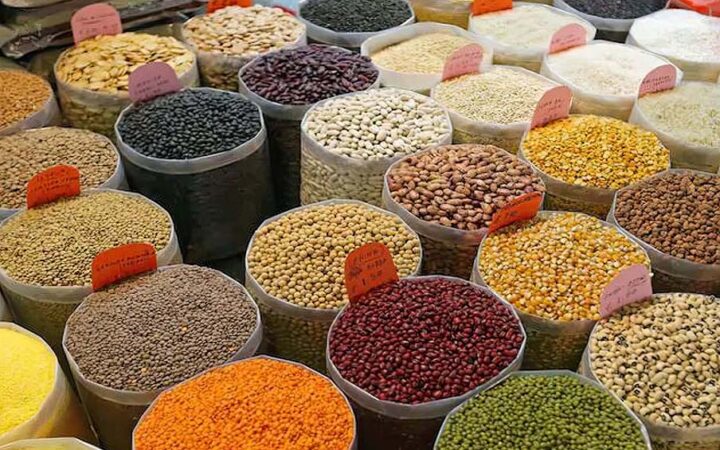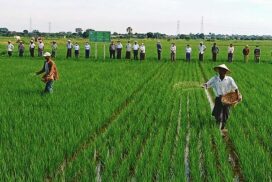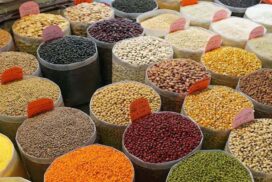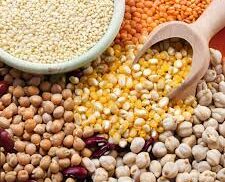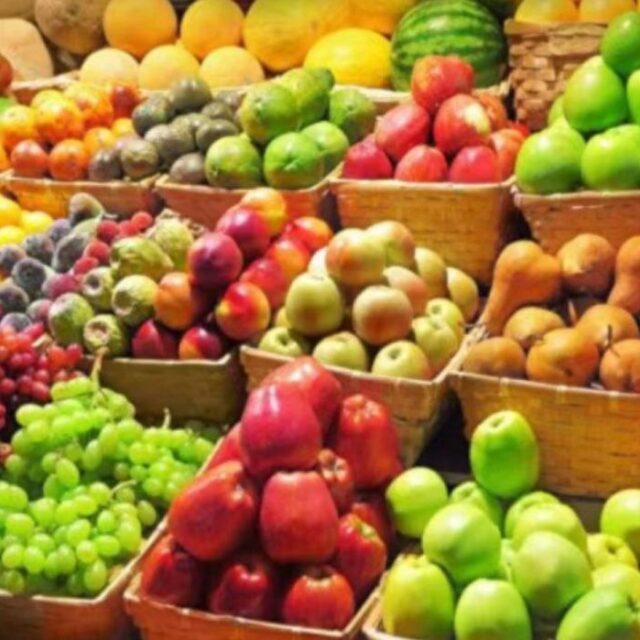Myanmar seeks to meet the export target of 1.89 million tonnes of pulses in the 2024-2025 financial year, according to the Ministry of Commerce.
Myanmar’s agricultural produce is the backbone of exports, including rice, maize, and sesame seeds. It contributes to the gross domestic product (GDP) to a great extent.
The value of Myanmar’s pulses exports hit over US$1.484 billion from over 1.76 million tonnes in the previous FY 2023-2024 (April-March), comprising 1.6 million tonnes worth $1.34 billion through maritime trade and 157,400 tonnes worth $141.38 through border posts, the Ministry of Commerce’s statistics indicated.
Myanmar bagged US$412 million from over 470,000 tonnes of pulses in the past two months of the current financial year 2024-2025 beginning 1 April, the Ministry of Commerce’s statistics showed.
Myanmar’s pulses export by sea totalled over 460,800 tonnes of pulses worth $397.8 million, whereas over 17,000 tonnes of pulses worth $14.6 million were shipped to the neighbouring countries between 1 April and 31 May this FY.
The Ministry of Commerce has been joining hands with the Myanmar Pulses, Beans, Maize and Sesame Seeds Merchants Association to meet export targets.
Domestic consumption accounts for only 20 per cent of Myanmar’s pulses output, while 80 per cent of production is shipped to foreign markets. The black grams and green grams are primarily exported to India, Malaysia, Thailand, Vietnam, Singapore, Pakistan, the Philippines, China, Japan and European countries. India extended the free import policy of black grams (urad) and pigeon peas (tur) up to March 2025.
India has growing demand and consumption requirements for black grams and pigeon peas. According to a Memorandum of Understanding between Myanmar and India signed on 18 June 2021, India will import 250,000 tonnes of black grams and 100,000 tonnes of pigeon peas (tur) from Myanmar for five consecutive years from the 2021-2022 financial year to 2025-2026 FY. This G-to-G pact will not affect the pulses’ annual quota set by India. Myanmar’s exporters are also entitled to deliver the pulses to India under that yearly quota.
Yangon, Ayeyawady, Bago, and Mon State are the main producing areas of the black grams, followed by the Sagaing and Mandalay regions.
Pigeon peas (red gram) are cultivated in Sagaing, Magway and Mandalay regions, and pigeon pea (white) cultivation is found in southern Shan State, Shwebo district in Sagaing Region.
Green grams are commonly grown in Ayeyawady, Yangon and Bago regions.
The Myanmar Pulses, Beans, Maize and Sesame Seeds Merchants Association stated that black grams, which India primarily purchases, are commonly found only in Myanmar, whereas pigeon peas, green grams and chickpeas are grown in African countries and Australia. — NN/EM
Myanmar aims to export 1.89M tonnes of pulses this FY
- June 11, 2024
- 113
